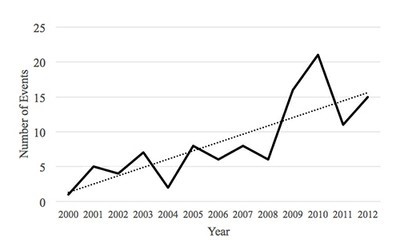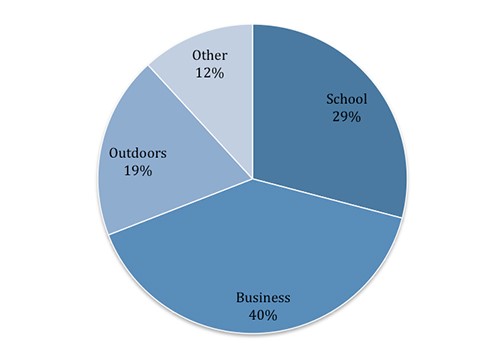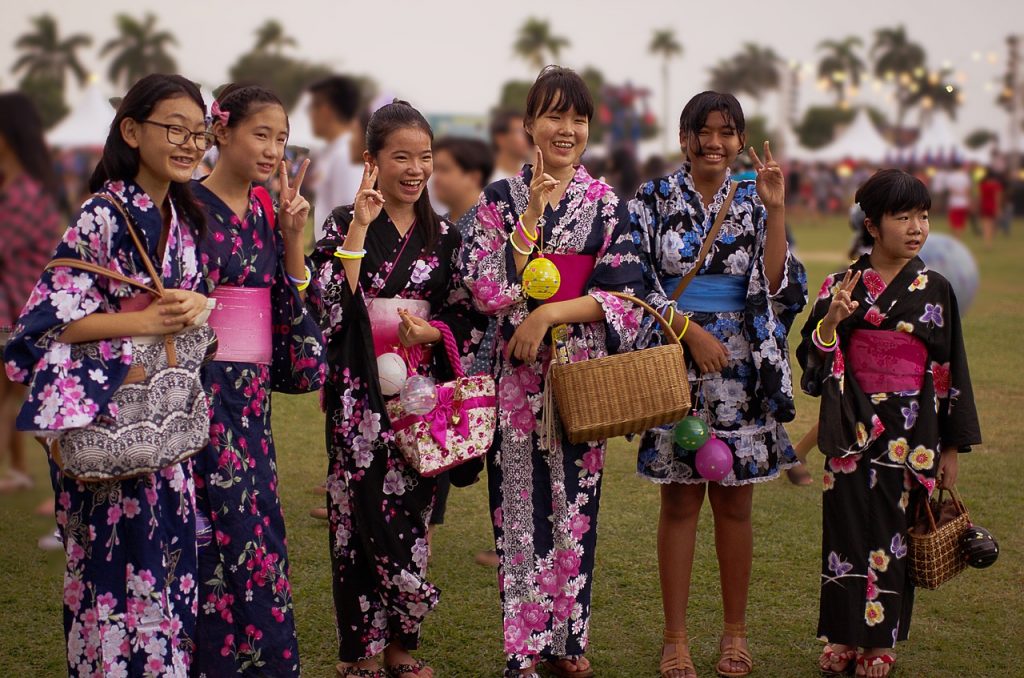 All triumphant athletes look alike, but do all distraught and disappointed ones?
All triumphant athletes look alike, but do all distraught and disappointed ones?
In past blogs, we have noted frequent observations of the universal “triumphant” pose amongst victors in sports competitions, but sports reveal other universal poses as well. For instance, as David Gendelman writes for The New York Times, this summer’s World Cup helps showcase a similar “disappointed pose.”
Mr. Gendelman noticed that athlete after athlete reacted with the same pose to a missed goal: a look of shock accompanied by the perplexed raising of both arms to clutch the back of the head. If you’ve been watching the games, I’d imagine you immediately recognized it!
This inspired him to ask psychologists and other professionals about this phenomenon, such as Dr. Jessica Tracy from the University of British Columbia. Dr. Tracy emphasized that clutching the head indicated shame but also that “the constriction of the body, in the way that the player is moving his arms around his head, almost to make himself smaller. Those are very classical shame display elements.”
She went on to describe the gesture as conveying a message of failure to fellow teammates: “I get it and I’m sorry, therefore you don’t have to kick me out of the group, you don’t have to kill me.”
Dr. Tracy actually published similar findings with Humintell’s Dr. David Matsumoto in their 2008 study of blind Olympians. Through this research, they found that athletes exhibited both triumphant and shameful expressions upon victory or defeat. While we have focused on the triumphant poses in other blogs, the universality of shameful expressions across blind and sighted athletes of different cultures suggests a poignant universality to these gestures as well.
Other psychologists situated this gesture deeper in our evolutionary history, which shouldn’t be surprising to followers of this blog. Dr. Dacher Keltner, of the University of California, Berkeley, sees this gesture as rooted in defense of one’s head: “The oldest kind of behavioral intention in that class of behaviors is to protect your head from blows.”
This observation certainly fits with the idea that triumphant and shameful gestures serve as a sort of message to others in the group. This connects to research presented in a past blog that sees universal emotions as rooted in their function as a form of social communication.
Dr. Keltner’s point is further supported by the fact that many fellow athletes, as well as their fans, will mimic the same gesture upon watching the game. There is a strong group component here. Not only is the gesture universal, but it is also something taken up by those who empathize with and share the emotion.
The World Cup serves as a great source of entertainment and as a showcase of athletic prowess, but it also reveals a lot about human psychology. Like the Olympics, the cross-cultural nature of such an international event lets us see what is deeply common about the psychologies of people across cultures.
This is just a start however, as Humintell has focused on how deeply these cultural similarities (and differences) impact our ability to read people and understand their diverse perspectives.

 Image retrieved from (Blair et al., 2014).
Image retrieved from (Blair et al., 2014). While research into cross-cultural non-verbal communication often focuses on facial expressions, body posture is also an important consideration. This may seem intuitive, as we all have experienced the role that body posture has in communicating emotions, but it has been neglected in most research, at the expense of its valuable potential for effectively reading people.
While research into cross-cultural non-verbal communication often focuses on facial expressions, body posture is also an important consideration. This may seem intuitive, as we all have experienced the role that body posture has in communicating emotions, but it has been neglected in most research, at the expense of its valuable potential for effectively reading people.